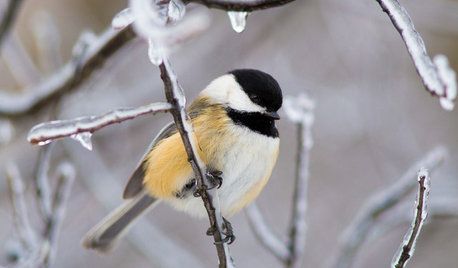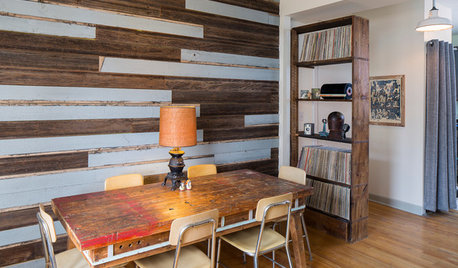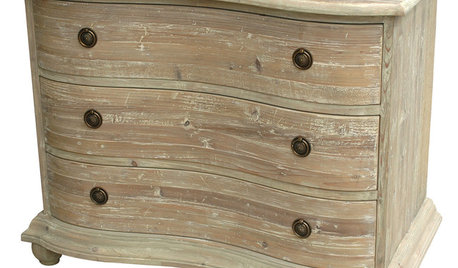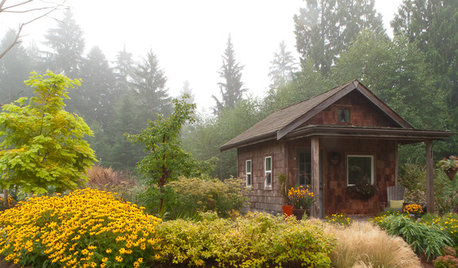American Chestnut
Edymnion
11 years ago
Related Stories

KITCHEN DESIGNKitchen of the Week: Chestnut and an Open Fire in Connecticut
Antique chestnut boards give a kitchen with a wood-burning oven vintage flair, balancing its modern amenities
Full Story
GARDENING GUIDES13 North American Backyard Birds to Know
Find out about these enchanting native species and learn how to attract them to your yard
Full Story
GARDENING FOR BIRDSBackyard Birds: Marvel at Chickadees This Winter
These North American natives flock to bird feeders and entertain with their complex birdcalls
Full Story
HOUZZ TVHouzz TV: Cool Reclaimed Wood Projects Fill a Craftsman’s Home
Using barn wood, beadboard and beams, this homeowner has crafted furnishings and features for his family’s Chicago home
Full Story
GARDENING GUIDESGarden-Friendly Native Alternatives to Overplanted Exotics
There are lots of gorgeous, wildlife-friendly native plants ready to make an appearance in your garden
Full Story
PRODUCT PICKSGuest Picks: Reclaimed Wood Pieces Full of Character
Bring a sense of history and depth to your rooms with furniture, lighting and art made from upcycled wood
Full Story
PLANTING IDEASGreat Garden Combo: A Fall Landscape Scene That Lasts
Span the seasons with trees, shrubs and grasses that offer color and texture in abundance
Full Story
COLOR8 Reasons to Paint Your Interior Trim Black
Hide imperfections, energize a space, highlight a view and more with a little bit of darkness that goes a long way
Full Story
BOOKSLouis Kahn's Modern Residential Masterpieces Get Coverage at Last
See 9 of the celebrated architect's lesser-known projects, U.S. homes, in a new book filled with photos and details
Full Story
PRODUCT PICKSGuest Picks: A Cozy Holiday Fete
Entertain elegantly with 20 home pieces to help perfect your winter party
Full StoryMore Discussions








arktrees
Dzitmoidonc
Related Professionals
Middle Island Landscape Architects & Landscape Designers · Harvey Landscape Architects & Landscape Designers · Fort Wayne Landscape Contractors · Huntington Landscape Contractors · Mastic Beach Landscape Contractors · Linden Siding & Exteriors · Perth Amboy Siding & Exteriors · South Windsor Siding & Exteriors · West Bloomfield Township Siding & Exteriors · Yakima Siding & Exteriors · Chicago Decks, Patios & Outdoor Enclosures · Pecan Grove Decks, Patios & Outdoor Enclosures · Riverside Decks, Patios & Outdoor Enclosures · Statesville Decks, Patios & Outdoor Enclosures · Canyon Lake Stone, Pavers & Concretebrandon7 TN_zone7
WxDano
greenthumbzdude
lcadem
greenthumbzdude
jocelynpei
EdymnionOriginal Author
brandon7 TN_zone7
Iris GW
drrich2
bengz6westmd
EdymnionOriginal Author
c2g
greenthumbzdude
bengz6westmd
EdymnionOriginal Author
arktrees
jocelynpei
lkz5ia
greenthumbzdude
EdymnionOriginal Author
arktrees
EdymnionOriginal Author
bengz6westmd
greenthumbzdude
Iris GW
farmboy1
EdymnionOriginal Author
jocelynpei
jocelynpei
EdymnionOriginal Author
brandon7 TN_zone7
gekkodojo
GraceNmercy
arktrees
GraceNmercy